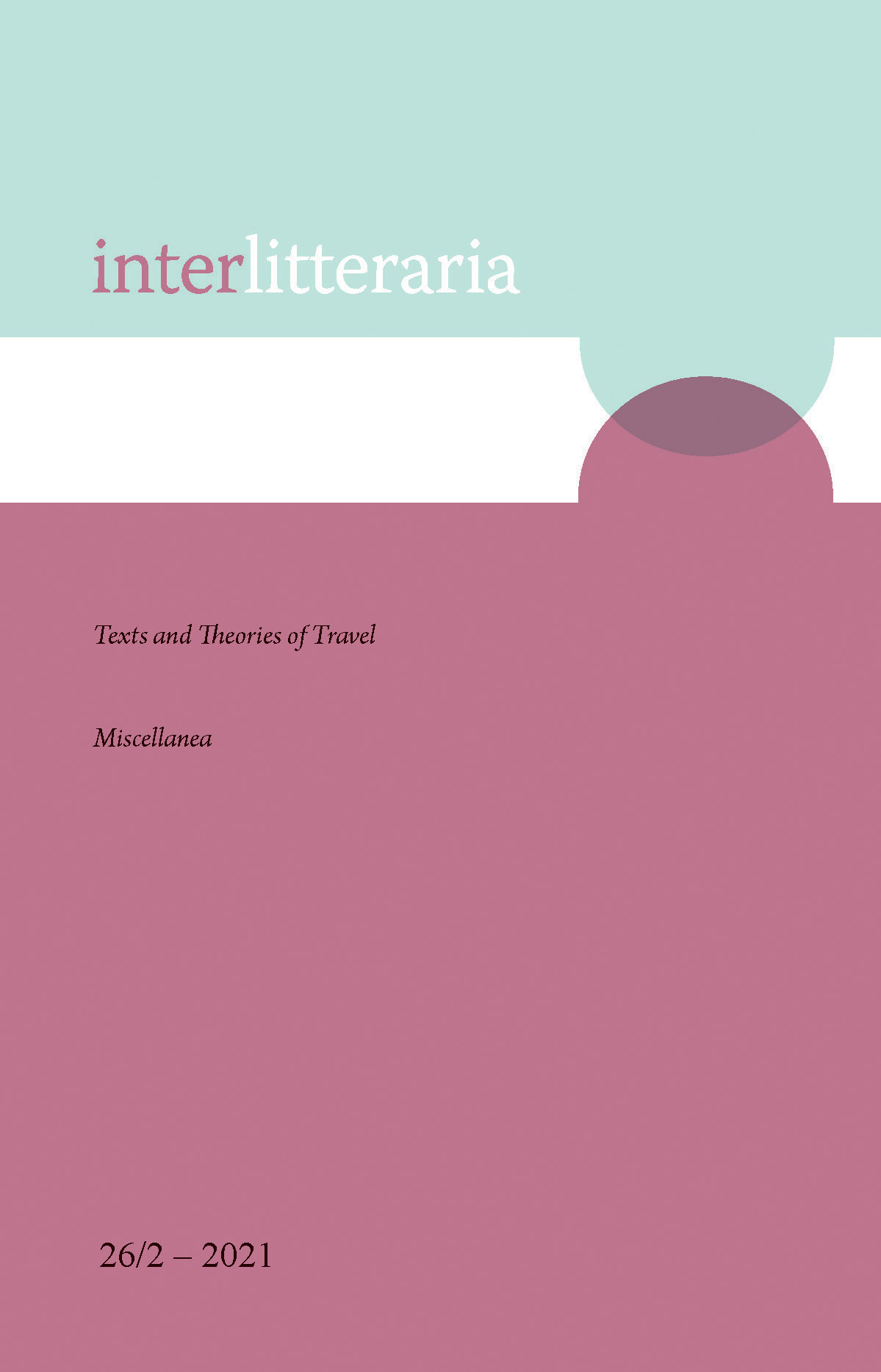Viriloid Women and Bodiless Men: On Modern Sexualities in the Oeuvre of Johannes Semper
DOI:
https://doi.org/10.12697/IL.2021.26.2.9Keywords:
Johannes Semper, Estonian literary history, history of sexuality, gender, queer desiresAbstract
Abstract. This article studies how the profound changes in theorizing human sexualities in the fin-de-siècle and early 20th century were used and re-used in the oeuvre of Estonian cultural moderniser Johannes Semper (18 92–1970). In his texts, two modern discourses of sexuality appear in highly telling ways: sexology and psychoanalysis, with which Semper mainly familiarises himself respectively through the works of Otto Weininger and Sigmund Freud. Taking a feminist standpoint to analyse the thoroughly male-centred sexuality discourses of the abovementioned thinkers, this article sets out to study how sexuality and gender are articulated in Semper’s oeuvre, both within a heteronormative and queer framework. Two literary texts are closely examined. The first, the short story collection Ellinor (1927), depicts the world entirely through the eyes of an emancipated woman who encounters a lesbian character – the first in Estonian literature. This encounter begins the discussion of various desires as the protagonist tries to explain her ‘femininity’ in contrast to the queer character Madame Liibeon’s ‘inversion’. The second, Semper’s novel Jealousy (1934), is used for comparison, as sexual Bildung and desires are mediated through the eyes of a male heterosexual protagonist.
Downloads
Downloads
Published
Issue
Section
License
The contents of Interlitteraria are published under CC BY-NC-ND licence.


